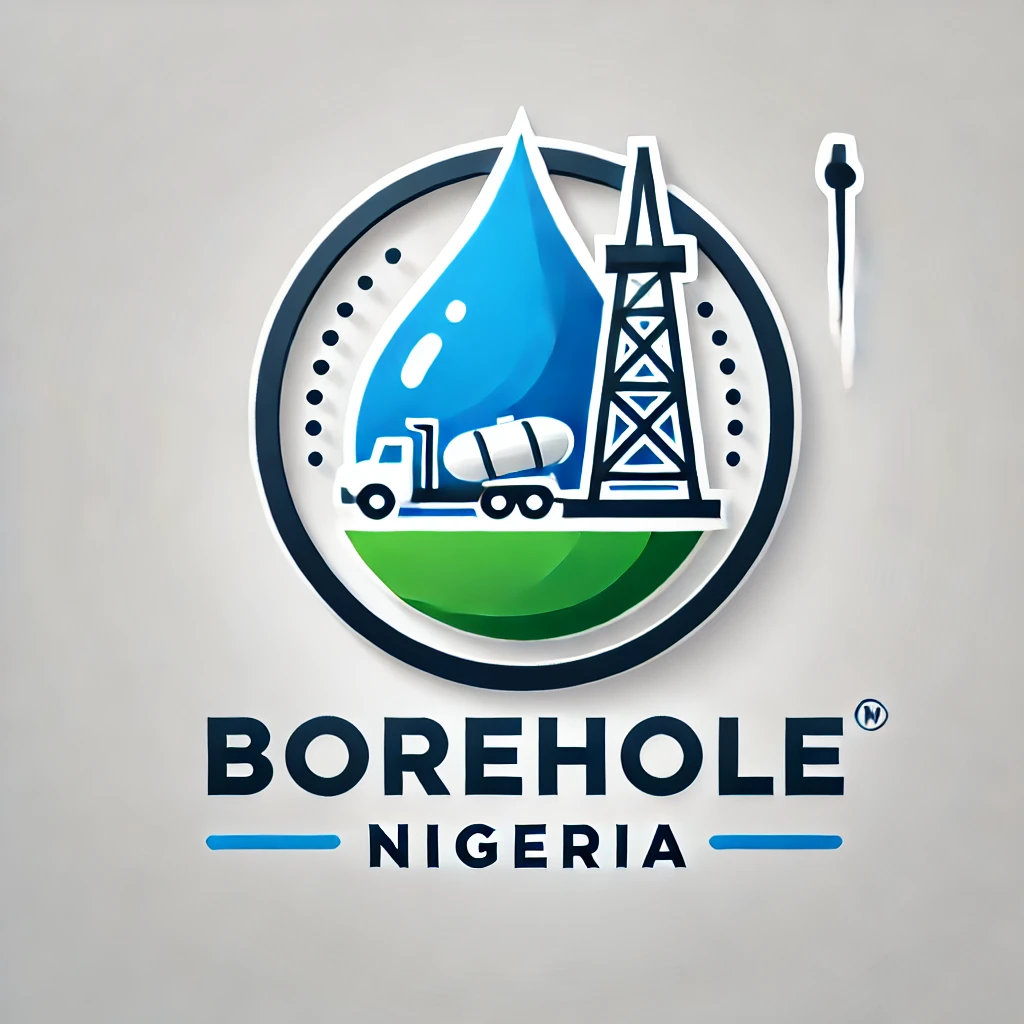Clearing a blocked rainwater soakaway can be a bit tricky, but with the right approach and tools, you can restore your drainage system to full function. Here’s a step-by-step guide on how to diagnose, clear, and maintain a soakaway system to ensure efficient water drainage.
1. Identify the Cause of the Blockage
Before jumping into fixing the soakaway, you need to figure out what’s causing the blockage. Common causes include:
- Sediment Build-up: Over time, silt, mud, and dirt can accumulate in your drainage pipes leading to the soakaway.
- Tree Roots: Roots may invade the soakaway or pipes, obstructing water flow.
- Collapsed or Damaged Pipes: The pipes leading to the soakaway may be damaged or broken, causing blockages.
- Debris in Gutters or Drains: Leaves, twigs, or other debris may clog your downpipes, preventing water from reaching the soakaway.
2. Clean the Gutters and Downpipes
Start with the basics:
- Gutter Cleaning: Clear out any debris from your gutters and downpipes. Use a gutter scoop or your hands (wearing gloves) to remove leaves, dirt, and twigs that may be obstructing water flow.
- Check Downpipes: Run water through the downpipe to see if the blockage is limited to the pipes. If water doesn’t drain, it’s a sign of a more serious blockage further down.
3. Use a Drain Rod
If you suspect the blockage is in the underground pipes leading to the soakaway, using a drain rod can help dislodge any obstructions. Here’s how:
- Insert the Drain Rod: Start at the nearest inspection chamber or manhole cover if available. Insert the drain rod into the pipe leading to the soakaway.
- Twist and Push: Gently push and twist the rod to break up any debris, roots, or sediment blocking the pipe.
- Repeat if Necessary: You may need to push the rod in multiple times until the blockage is cleared. You’ll know the blockage is gone if water starts flowing freely.
4. Flush the System
Once you’ve cleared the blockage with a drain rod, flush the system to ensure the pipes and soakaway are clear of any remaining debris.
- Use a Garden Hose: Attach a garden hose to a tap and run water through the downpipe. This will help wash away any loose sediment or debris.
- Check for Flow: If water flows freely, your blockage has been cleared. If it’s still slow, there may be more buildup further down the line.
5. Jet Washing for Stubborn Blockages
If using a drain rod doesn’t solve the problem, a drain jetting machine (available for hire or through professional services) can help. High-pressure water jets can blast through tough blockages.
- Insert the Jetting Hose: Just like with the drain rod, insert the jetting hose into the pipe leading to the soakaway.
- Activate the Machine: The high-pressure water will break up and flush away any remaining sediment, silt, or debris blocking the system.
6. Consider Root Removal
If tree roots are causing the blockage, you’ll need to use more specialized tools:
- Root Cutting Tool: A root-cutting attachment for drain rods or jetters can help slice through and remove roots that have penetrated the pipes.
- Chemical Root Killers: Alternatively, a root-killing chemical can be poured into the pipes to kill off any roots without harming the system. However, this may take a few weeks to fully clear the roots.
7. Check for Pipe Damage
If clearing the blockage didn’t work and the water still isn’t draining properly, you might have damaged or collapsed pipes leading to the soakaway.
- CCTV Drain Inspection: Hiring a CCTV drain inspection service can help you pinpoint exactly where the damage is located. This can be invaluable for more complex or buried soakaway systems.
- Repair the Pipes: If a section of pipe is damaged or collapsed, it will need to be replaced or repaired by a professional.
8. Excavating the Soakaway (If Necessary)
In severe cases, especially if the soakaway itself is blocked and beyond repair, you may need to excavate and replace the soakaway. Here’s what this process involves:
- Locate the Soakaway: If you’re unsure of the exact location, look for inspection chambers or use professional equipment to trace the pipes.
- Excavation: Dig out the soakaway, carefully removing the layers of gravel, crates, or other materials that make up the system.
- Replace the Soakaway: If the crates or materials are too clogged with silt, install new crates or a more effective soakaway system that meets your drainage needs.
9. Prevent Future Blockages
Once the soakaway is cleared, taking a few preventative measures can help you avoid future blockages:
- Install Gutter Guards: Gutter guards can help prevent leaves and debris from entering your gutters and downpipes, reducing the risk of blockages.
- Regular Maintenance: Clean your gutters, downpipes, and drainage system regularly, especially in the autumn when leaves are more likely to cause clogs.
- Add a Sediment Trap: Installing a sediment trap in the drainage system can capture dirt and silt before it reaches the soakaway, making maintenance easier.
10. Call a Professional
If you’ve tried all of the above steps and your soakaway is still blocked or not working efficiently, it might be time to call in professional help. A drainage expert can diagnose complex problems and offer solutions, such as excavating and replacing the soakaway if needed.
Conclusion
Clearing a blocked soakaway can often be resolved with basic tools like drain rods, high-pressure jetting, and a little bit of patience. However, more severe cases may require professional assistance. Regular maintenance is key to preventing future blockages, ensuring that your rainwater drainage system functions efficiently year-round.
